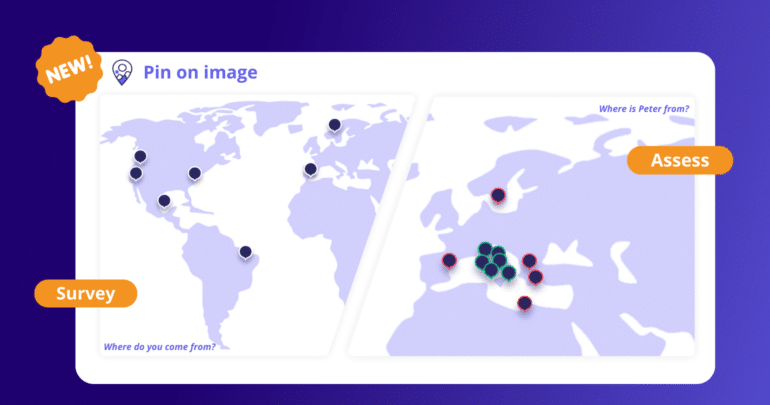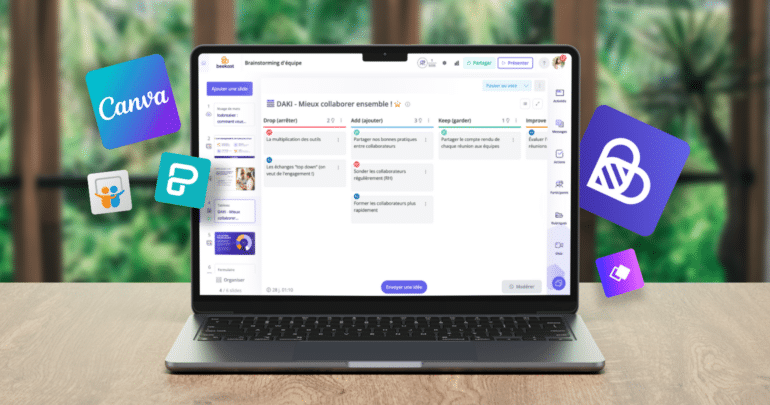
Beekast is introducing its new activity “Pin on Image” to engage your collaborators and assess their skills!
We’re excited to introduce our new activity, “Pin on Image,” which offers a unique interactive More

The Top 5 Beekast Interactive Activities For Coaches
Your coaching sessions feel like boring monologues, and you want to change things up. But More

Slido Alternatives For Meetings and Workshops
“The easiest way to make your meetings interactive.” That’s the first thing you see when More

How to Plan an All-Hands Meeting Effectively
Introduction As a business grows, keeping everyone on the same page can be challenging. Departments, More

Best Meeting Management Software for HR Teams
HR managers spend a great deal of time in meetings. They speak with candidates and More

Google Slides Alternatives For Presentations
Google Slides lets you create beautiful slides for presentations. However, for presentations that require more More